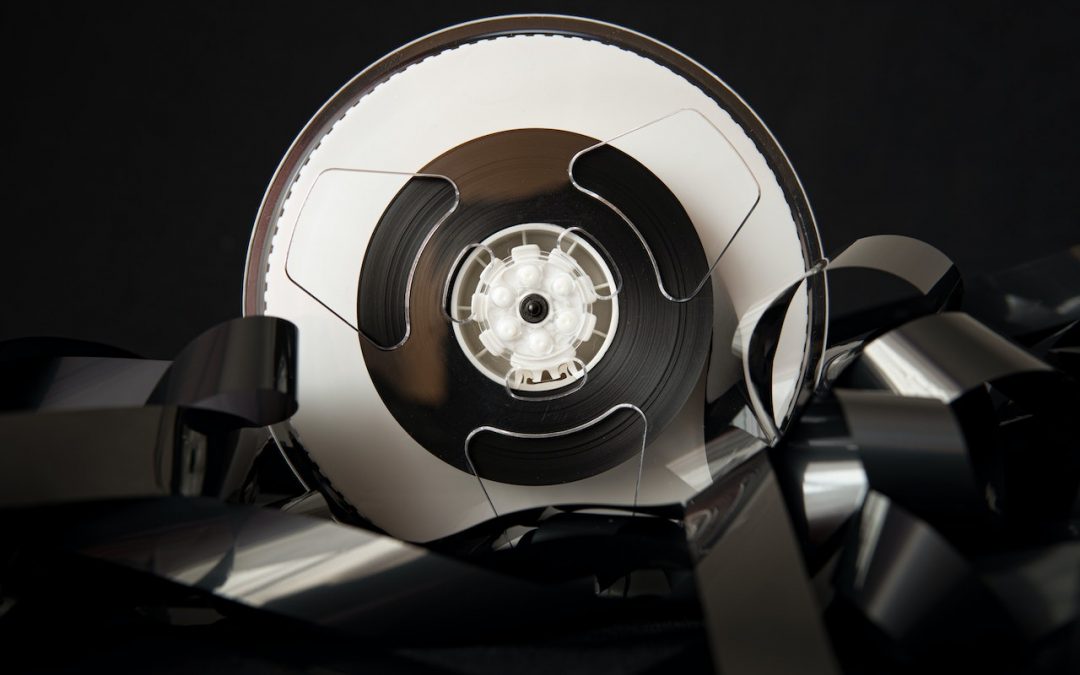Innovations in the film industry are happening at a rapid rate all across the world. Our phones today are turning from point-and-shoot cameras into 360-degree experiential recording devices. Now, filmmakers are figuring out how to push the industry forward in ways that some have only described as science fiction.
Below are several modern innovations in the film industry that will have you looking forward to the future of Indie filmmaking.
Phone Film Equipment
The average person’s ability to film and upload their videos has been dramatically changed — and the landscape for anyone trying to create their own projects has never been simpler. Now, advancements and equipment have, in many ways, leveled the playing field.
Phone users can get nearly the same high-production-value feel you’d usually only get with expensive video equipment. It’s hard to imagine shooting a full-length feature film on a phone, but the truth is? It’s already happening.
Digital Recreation
Creative editing and the skillful application of technology have made post-mortem performances possible many times. That said, the ability to recreate faces, bodies, and even dialogue is improving every single day. Digital effects have progressed to the point that it’s possible to create a stunning likeness of just about anyone, from historic figures to celebrities.
Virtual Reality (VR)
While the current 3D technology allows for a more immersive film experience, virtual reality is poised to become one of the biggest tech advances in film’s future. It’s possible to create a finished product that utilizes a full 360-degree recording to watch movies the same way we would view the natural world around us. At this point, not every viewer can tolerate a virtual reality environment for any length of cinema film, so more conventional cameras won’t be in jeopardy of becoming obsolete.
Drones
Drones are an excellent tool for capturing shots that would otherwise be difficult, if not impossible, for a regular cameraperson to capture. Imagine the versatility of a drone combined with an algorithm to autonomously avoid obstructions and employ different filming techniques.
Not only are drones able to go where regular cameras can’t, but they will also know the framing of aerial shots with little input necessary from the ground below.
Motion Graphics
Motion graphic design predates the modern technology filmmakers use today, but it’s now being refined into a much finer art form. It’s an incredible technology with endless opportunities due to the universal availability of software programs such as After Effects and Cinema 4D.
Motion graphics has attracted a great number of very creative filmmakers. It’s an excellent way to showcase one’s individual creative skills.
The future of cinema is going to be unlike anything you’ve likely seen before. The technologies coming on board are no doubt going to look futuristic – science fiction compared to the movies of 10 years ago – due to these modern innovations in the film industry.
It’s exciting to see where the future of film will take us in the future.
“You see so many movies… the younger people who are coming from MTV or who are coming from commercials and there’s no sense of film grammar. There’s no real sense of how to tell a story visually. It’s just cut, cut, cut, cut, cut, you know, which is pretty easy.”
– Peter Bogdanovich
